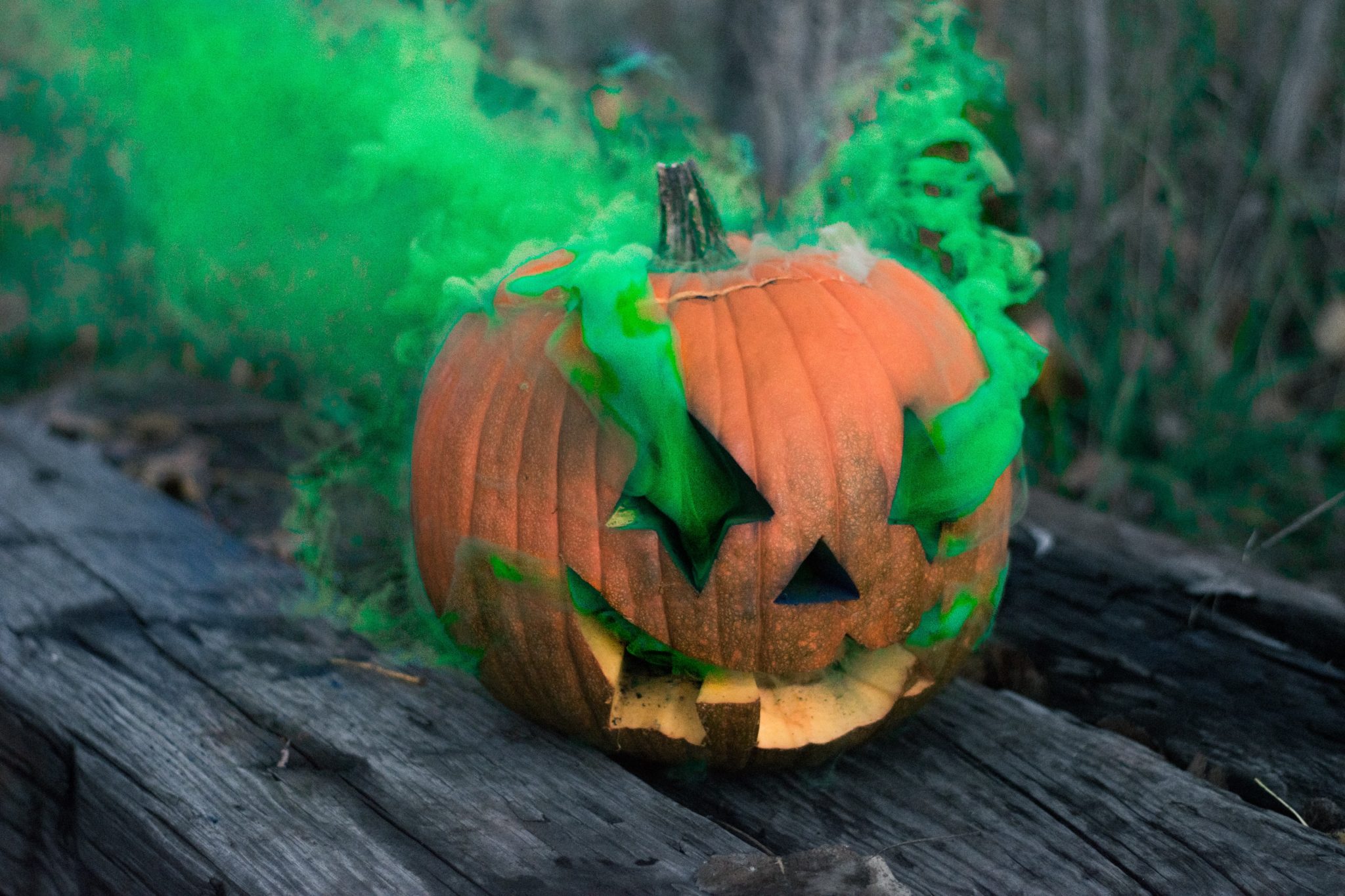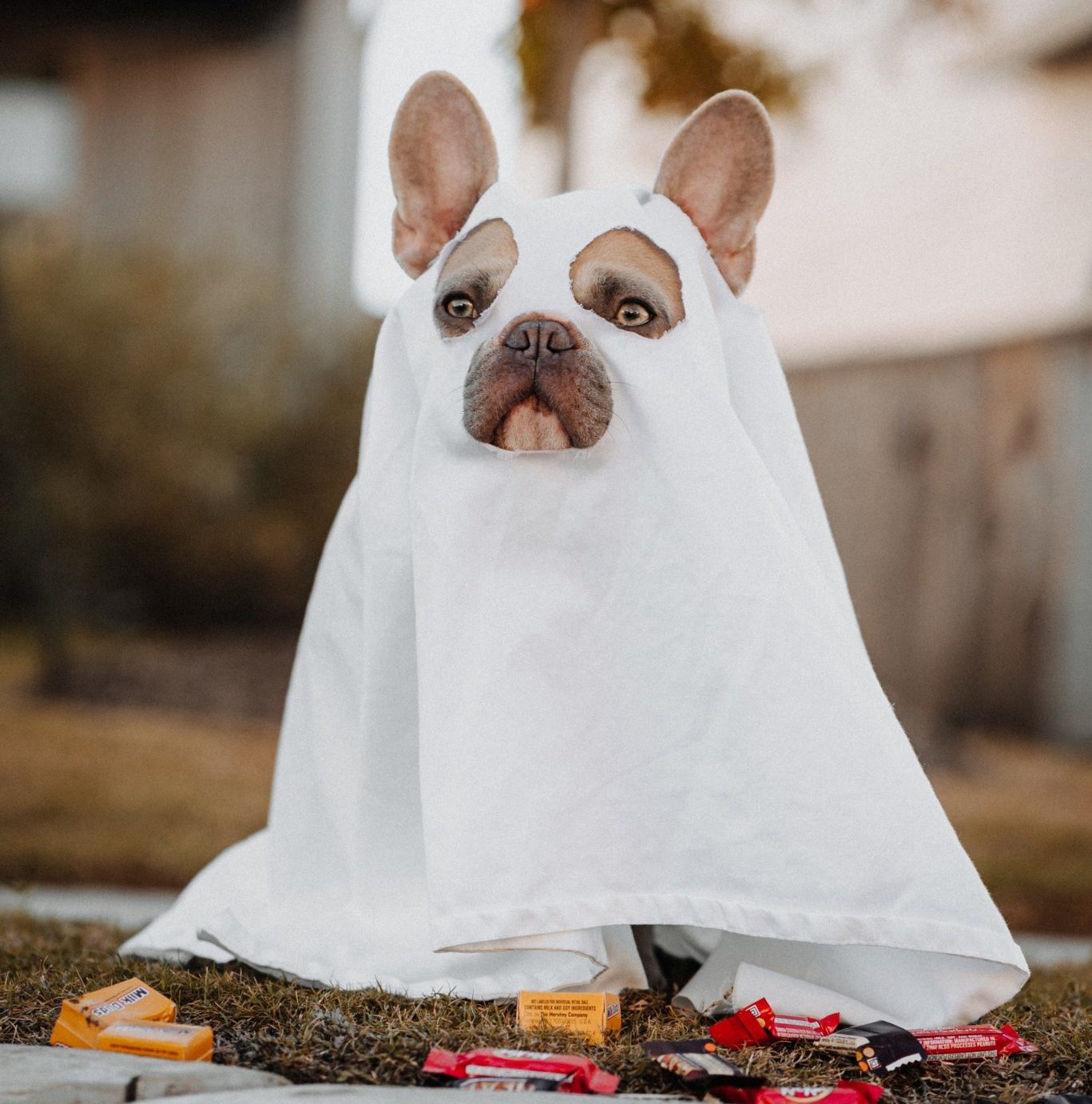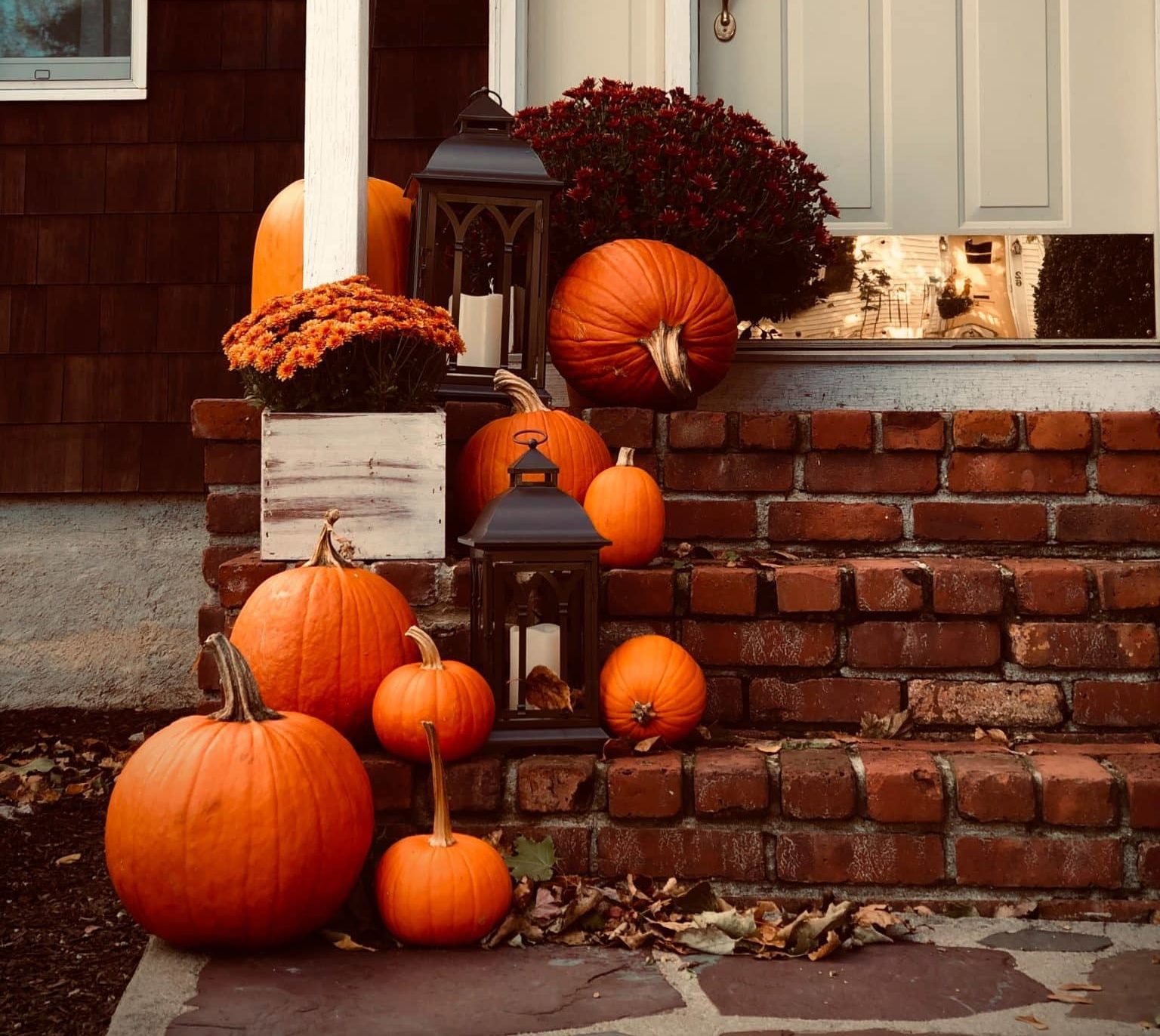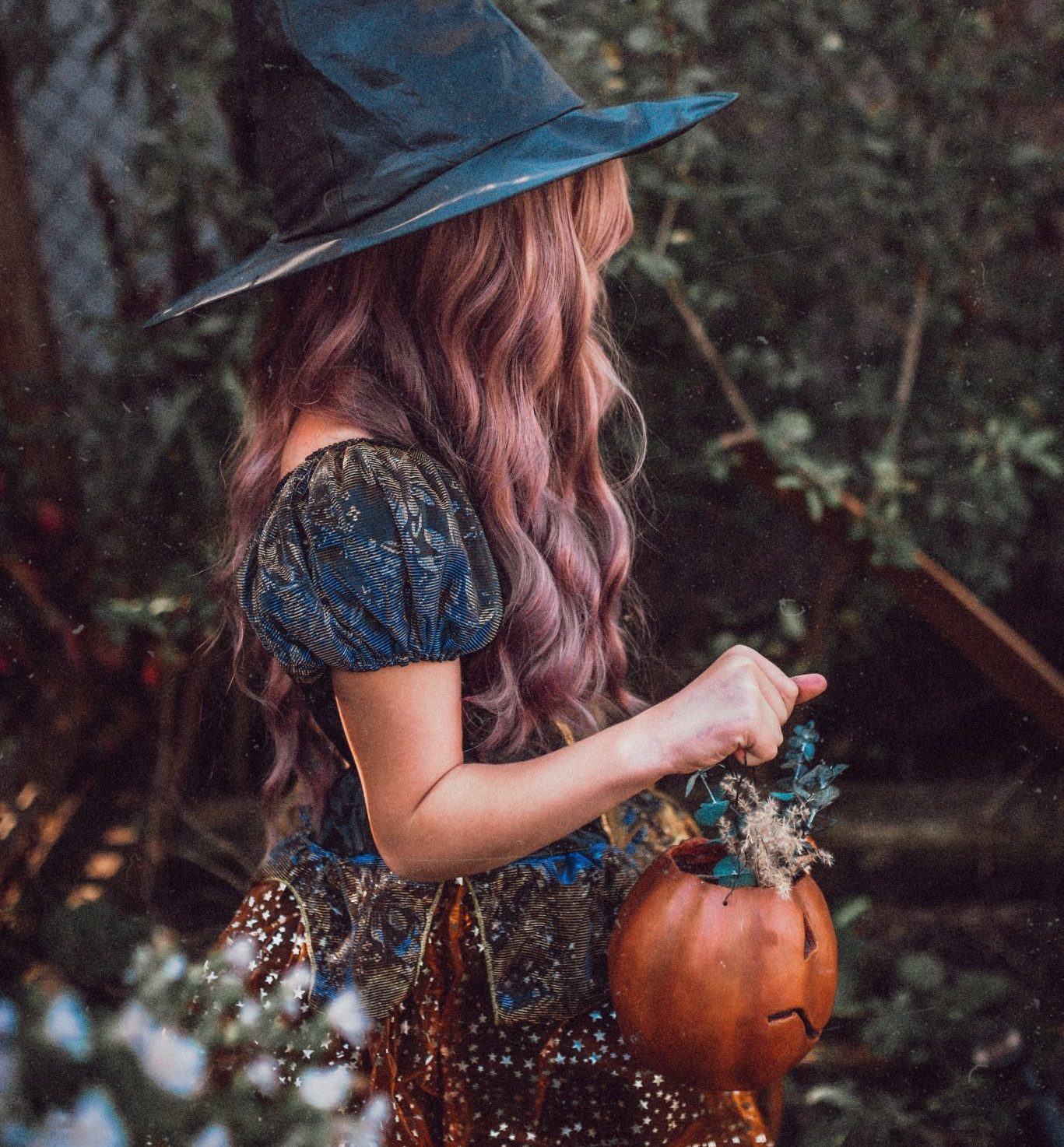Ghouls and ghosts are the stuff of nightmares throughout 11 months of the year, but as the leaves fall and temperatures drop, the thought of witches, vampires and creepy creatures come to the forefront of our minds as we get ready to celebrate the haunted holiday that is Halloween.
Celebrated each year on October 31st, Halloween will take place on a Monday this year, and as supermarkets begin to stock their shelves high with tricks and treats, it’s one of the most exciting events to happen before Christmas. Think spooky shenanigans, frightful films, scary snacks, and terrifying treats – the nation’s favourite celebration (after Christmas of course) is set to keep us well and truly entertained throughout October.
But amidst all the preparation, do you ever wonder why we truly celebrate Halloween and the history behind the ghastly season? Well, we’ve answered your questions and then some. So, whether you’re getting ready to plan the most frightful of parties, or just curious to know about the tradition of the celebration, here’s what you need to know.
The origins of Halloween
Halloween dates back over 2,000 years when the Celts of Ireland, the UK and northern France celebrated the new year on November 1st. The day waved the end of summer and harvest and was often associated with human death as the beginning of dark winter nights loomed.
It was believed that on the night before, October 31st, the boundary between the two worlds of both the living and the dead became blurred, allowing ghosts to return to earth. In addition to damaging crops and causing havoc, it was thought that otherworldly spirits made it easier for Celtic priests to make predictions about the future which gave the people comfort during the nerving winters.
The commemoration of the dead evolved into a celebration named ‘Samhain’. Priests, known as ‘druids’ built sacred bonfires where Celts gathered to burn crops and animals as sacrifices to the gods whilst wearing costumes of animal heads and skins to warn off evil spirits.
But as Christianity slowly took over, officials tried to impose their own version of the holiday in an effort to prevent non-Christian festivities. Pope Gregory III deemed November 1st All Saints’ Day – a celebration of martyrs and saints, and November 2nd soon became All Souls Day, a day for remembering the souls of the dead. As time passed, the Christian honouring later became known as All Hallows’ Day, and All Hallows’ Eve, slowly evolving into the celebration we all know and love today, Halloween.
Despite the best efforts of the church, people continued to mark October 31st with traditional rituals that date back to the original celebration of Samhain and bonfires, costumes, treats, and spirits remained the centre of the spooky season.
What about trick or treating?
Its origins remain murky, but traces can be identified during the introduction of All Souls’ Day when penniless civilians would visit the houses of the wealthy and receive pastries called ‘soul cakes’ in exchange for prayers of the souls of the families’ dead relatives. The ritual was known as ‘souling’ which was soon taken up by children looking for gifts such as money, ale, and food.
But the sweet tradition has rumours of Scottish and Irish origins too as young people dressed up in costume exchanging songs, jokes, poems, or tricks for treats such as fruit, nuts, or pennies. The tradition became known as ‘guising’.
Over time the two old world rituals took the United States by storm, and despite the concept making its way to the UK, the term itself was not common until the 1980s with its popularisation in part through the release of the film E.T.
10 spooky Halloween facts
Over the years, various new traditions have crept into Halloween, and now we associate the day with an all manner of terrifying things. Fancy taking your spook-o-meter up a peg? Now you’re aware of the celebrations fascinating history, here’s 10 bonus facts we bet you didn’t know…
- Halloween is now the UK’s third highest spending celebration
- The witch was the most popular Halloween costume in 2021
- The fastest pumpkin carving only took 16.47 seconds
- The first ever Jack O’Lanterns were made from turnips – not pumpkins!
- Black cats were originally believed to protect witches’ powers
- The popular American sweet, ‘candy corn’ was originally called ‘chicken feed’
- Snickers is the most popular treat come Halloween in the UK
- The colours typically associated with Halloween, orange and black, represent connections to harvest and death
- Samhainophobia is the fear of Halloween
- In the early 20th century women used to play Halloween games in an attempt to learn about their future husbands




